Hair Loss After Hair Transplant - Normal Period & Ways to Prevent
Facial Plastic Surgery
In the first few weeks following a hair transplant, it is common for patients to observe hair shedding, also known as hair transplant shock loss. However, hair shedding after a hair transplant is usually temporary. Within a few months, the transplanted hairs should begin to grow new strands, and the hair transplant shedding phase will subside.
This article explores the reasons behind hair shock after a hair transplant and patients' expectations during recovery.
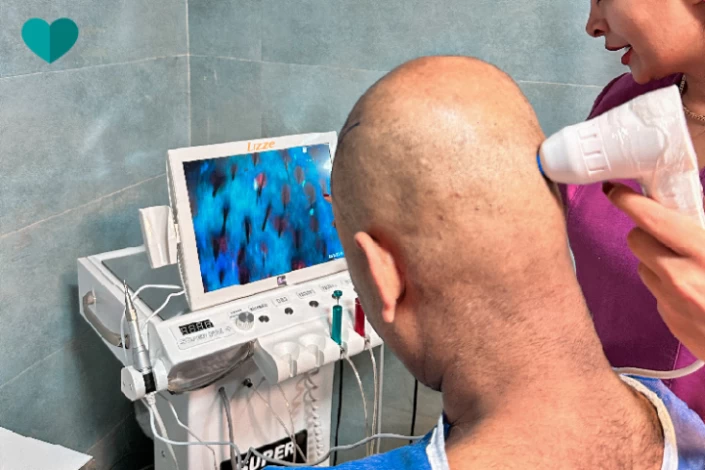
What Is Shock Loss After a Hair Transplant?
"Shock loss," also known as transplant shock loss, is a normal part of the hair transplant healing process. The trauma of the surgery can induce a shock-like response in the hair follicles, causing them to enter into a resting phase, known as telogen, leading to temporary thinning or complete hair loss in the transplanted area.
Shedding of transplanted hair typically begins 2-3 weeks after the procedure and can last several months. Patients may lose up to 50% of the transplanted hair during this time. However, this hair loss is temporary, and the transplanted hair will eventually grow back.
What is the Timeline for Hair Shedding After a Hair Transplant?
The timeline for shedding after hair transplant can vary from person to person, depending on factors such as the patient's overall health, the extent of the hair transplant, and the specific techniques used during the procedure. When shedding starts after a hair transplant, it's a natural part of the process and shouldn't cause alarm. This shedding phase signifies the transition from dormant follicles to active growth, paving the way for thicker, fuller hair in the coming months.
The timeline of shock loss after a hair transplant may include:
Initial Shedding
Hair transplant shedding may begin as early as two weeks after the surgery. This is known as the initial shedding phase after a hair transplant. Some transplanted and non-transplanted hair follicles may enter a resting phase and fall out during this period.
Subsequent Shedding
After the initial hair transplant shedding phase, patients may continue to experience shedding over the following weeks or months. This natural part of the hair growth cycle can occur intermittently.
Regrowth
Following the shedding phase, the hair follicles gradually enter the growth phase again, and new hair begins to regrow in the transplanted areas. The regrowth process varies from person to person but typically starts within 4-12 months after the shedding phase.

What Causes Hair Shedding After Hair Transplant?
Understanding why transplanted hair falls out requires insight into the intricacies of the healing process and the physiological changes occurring at the cellular level. It's essential to recognize that this shedding is a temporary phase in the overall journey toward achieving desired results.
Hair loss after a hair transplant can be attributed to several factors, including:
- Transplanted hair follicle trauma
- Telogen effluvium
- Anagen effluvium
- Inadequate post-operative care
- Inadequate blood supply to the transplanted area
- Underlying hair loss conditions
- Infections
Transplanted hair follicle trauma
A hair transplant procedure involves transplanting hair follicles from one area of the body (typically the back or sides of the scalp) to the recipient area (bald or thinning regions of the scalp). This surgical trauma can cause a temporary shock to the transplanted hair follicles, leading to hair shedding after a hair transplant.

Telogen effluvium
Telogen effluvium is a temporary hair loss characterized by excessive hair shedding. It occurs when there is a sudden shift in the hair growth cycle, causing many hair follicles to enter the resting phase (telogen phase) prematurely. This is why more hair falls out after a hair transplant and may cause the hair on the scalp to become thinner.
Anagen effluvium
Anagen effluvium is a type of hair loss that occurs during the anagen phase of the hair growth cycle. This phase is the active growth phase of the hair follicle, where the hair strand is actively growing. Anagen effluvium is commonly caused by factors that disrupt the rapid cell division of the hair matrix, such as chemotherapy drugs, radiation therapy, or certain toxins.
Inadequate post-operative care
Proper post-operative care is crucial for the success of a hair transplant procedure. Failure to follow the recommended care instructions, such as excessive sun exposure, touching or scratching the transplanted area, or not taking prescribed medications, can lead to increased hair shedding.
Inadequate blood supply to the transplanted area
Hair loss after a hair transplant can occur due to poor blood supply to the transplanted area. This happens when the new hair follicles do not receive enough oxygen and nutrients to survive and grow. It may occur immediately after the surgery or even several months later.
Underlying hair loss conditions
Pre-existing hair loss conditions, such as androgenetic alopecia or alopecia areata, can lead to continued shedding of hair post-transplant.
Infections
Infections can sometimes lead to inflammation and damage to the transplanted follicles, resulting in hair shedding.
How long does hair shed last after a hair transplant?
Hair grafts typically shed within 2-12 weeks after surgery. Following this shedding phase, the hairs are expected to begin regrowth over the next 4-12 months. By 12 -18 months post-surgery, the hairs should start to thicken, further improving the final result.
So, how long does it take for the transplanted hair to grow fully after the shedding phase? This process can take several months, with full growth often visible around 12-18 months post-transplant.
How to Reduce Hair Shedding After Hair Transplant?
Hair transplant shock loss is inevitable. However, some strategies can minimize hair loss during this process.
What are the standard ways to minimize shedding after a hair transplant?
Taking Medication;
Some hair medications can help reduce hair loss after a hair transplant, primarily to prevent further hair loss and promote hair growth. Commonly used drugs for hair loss are:
- Finasteride: This is an oral medication primarily used to treat male pattern baldness. Finasteride can block the conversion of testosterone to dihydrotestosterone (DHT), a hormone responsible for shrinking hair follicles. By reducing DHT levels, finasteride can help prevent further hair loss and potentially promote regrowth.
- Minoxidil (Rogaine): This is an over-the-counter topical solution. It is applied to the scalp and works as a vasodilator, promoting blood flow to the hair follicles and stimulating hair growth. It is commonly used for male and female pattern baldness and can be used before and after a hair transplant.

Choosing Optimal Timing and Size of Hair Transplant;
Patients often opt for a hair transplant when they first experience hair loss or significant miniaturization. However, the final result may be unsatisfactory if the progression of hair shedding isn't considered. It's advisable to wait until hair loss has stabilized through treatments like Hair Regeneration.
Utilize Camouflaging Products.
Patients might choose cosmetic camouflaging products to hide hair shedding and thinning signs. These products add volume and lift to the base of the hair shaft, incorporate hair-building fibres for fuller coverage and thickness, and utilize topical shading to disguise bare spots on the scalp.
What Is a Hair Growth Cycle?
The hair growth cycle is a continuous process involving growth, rest, and shedding. It is divided into three main phases:
Anagen Phase
This is the active growth phase, during which the hair follicles in the scalp produce new hair cells. The length of this phase varies from person to person, and the maximum hair length is determined.
Catagen Phase
This is a transitional phase that lasts for a few weeks. During this phase, the hair follicles shrink and detach from the blood supply, causing the hair to stop growing.
Telogen Phase
This is the resting phase, which lasts for a few months. The hair follicles remain dormant before eventually shedding the hair strand. It is expected to shed 50-150 hairs daily during this phase.
After the telogen phase, the hair follicles re-enter the anagen phase, and the cycle begins again. Various factors, such as genetics, age, health, and hormonal changes, can influence the duration of each phase and the overall hair growth cycle.

How to Promote Hair Growth Post-Transplant?
Some expert tips to promote hair growth after a hair transplant are as follows:
- Adhere to your surgeon's post-transplant care instructions to ensure proper healing and maximize hair growth;
- Maintain a clean and healthy scalp by using a gentle shampoo, avoiding harsh chemicals, and regularly washing to prevent build-up;
- Stimulate blood circulation to the hair follicles by gently massaging the scalp using circular motions;
- Consume a balanced diet rich in essential vitamins and nutrients, including fruits, vegetables, lean proteins, and whole grains;
- Consider consulting with your surgeon or a nutritionist about taking supplements like biotin, vitamin D, or omega-3 fatty acids to enhance hair growth;
- Quit smoking and reduce alcohol consumption to improve blood circulation and nutrient delivery to the hair follicles;
- Manage stress through relaxation techniques and self-care to prevent chronic stress from hindering hair growth;
- Wear a hat or use protective products outdoors to protect your hair from UV rays and harsh weather conditions.
Is it Possible for a Hair Transplant to Fail?
The most common reason for implanted hair failure is improper surgical technique. This could involve poor graft placement, insufficient blood supply to the grafts, or damage to the hair follicles during extraction. Additionally, underlying medical conditions, like autoimmune disorders or hormonal imbalances, can interfere with hair growth even after a successful transplant. This might lead to concerns such as no shedding after a hair transplant, which could indicate underlying issues rather than success.
Is shedding after a hair transplant a sign of a failed procedure? Not necessarily. Shedding is typically a normal process known as hair transplant hair shedding. However, persistent or excessive shedding might warrant further evaluation by a healthcare provider.
Other factors that can contribute to a failed hair transplant include inadequate donor hair supply, poor patient compliance with post-operative instructions, and unrealistic expectations. Understanding the normal process of hair transplant hair shedding can help set the right expectations.
When Does One Require a Second Hair Transplant?
Determining when a second hair transplant is necessary involves several considerations tailored to each individual's unique circumstances. Factors such as the extent of initial hair loss, the desired density, and donor hair quality play crucial roles. While some individuals achieve satisfactory results with a single procedure, others may opt for a second transplant to address areas of continued thinning or to enhance overall density. Additionally, changes in hair loss patterns over time or dissatisfaction with the outcome of the initial transplant may prompt the need for further intervention.
A thorough assessment by a skilled hair transplant surgeon is crucial in determining whether a second transplant is warranted, as it allows for an evaluation of the patient's current hair status, donor availability, and realistic expectations. Ultimately, the decision to undergo a second hair transplant is highly individualized, guided by the patient's goals and the expertise of the medical team involved.
Hair Transplant in Iran
Iran has emerged as a leading destination for individuals seeking hair transplants due to several compelling reasons. The country's facilities are equipped with cutting-edge technology and adhere to stringent healthcare standards, providing patients with a safe and comfortable environment. Additionally, the cost of hair transplants in Iran is notably lower than in other countries, offering an affordable option without compromising quality. Iran also boasts a skilled and experienced pool of medical professionals specializing in hair transplantation.
Another advantage of choosing Iran for hair transplants is the wide range of available techniques and procedures. Whether an individual requires follicular unit transplantation (FUT) or follicular unit extraction (FUE), Iranian clinics offer options tailored to each patient's specific needs, preferences, and hair loss patterns. This flexibility allows individuals to make informed decisions about their treatment plan, ensuring they receive the most suitable procedure for their unique circumstances.
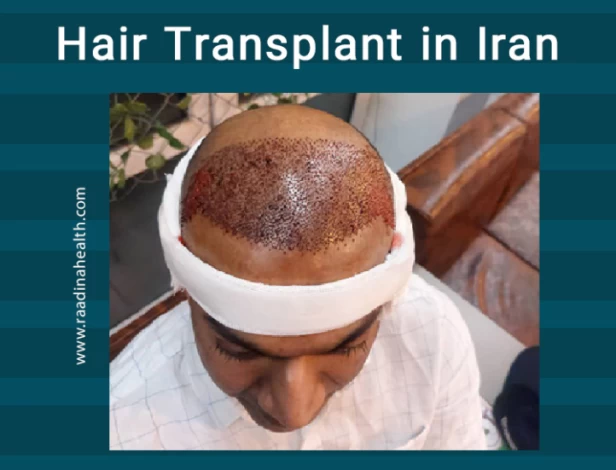
The bottom line
Hair loss is a regular and temporary phase of hair transplantation. The shedding phase is only a minor hurdle in achieving a fuller head of hair. With time, patience, and proper care, the transplanted hair follicles will gradually settle into new positions and grow strong, healthy hair.
Interested in learning more about hair transplant surgery and hair regrowth? Please take advantage of our offer for a complimentary consultation with an experienced hair transplant surgeon. Whether you're in Iran or not, our team at Raadina Health is ready to assist you. Gain a thorough understanding of the procedure and receive guidance from our skilled surgeons.
Frequently Ask Questions about Falling Hair After Transplant
1) Do all patients experience hair shedding after a hair transplant?
It's typical for transplanted hair to undergo a "shock loss" phase in the initial weeks after a hair transplant. The shedding rate can vary from person to person, with some experiencing minimal shedding and others experiencing more noticeable shedding.
2) Should I be concerned if I experience minimal or no shedding after a hair transplant?
Experiencing minimal or no shedding after a hair transplant is not necessarily a cause for concern. The shedding process can vary from person to person, and some individuals may have minimal shedding.
3) Can the hair grow back faster after a hair transplant?
Unfortunately, there is no guaranteed way to make hair grow back faster after a hair transplant. Although some doctors may prescribe medications like Minoxidil to help promote hair growth, there is no miracle solution. Maintaining a healthy lifestyle, including a balanced diet and stress-free living, can improve hair growth. Additionally, using hair products made from natural ingredients can be beneficial. However, it's essential to understand that a hair transplant takes time and patience. It typically takes between 10 and 12 months before you can fully enjoy the results of your transplant with new natural hair that is strong and well-restored.
4) Is shock hair loss permanent?
Shock hair loss is usually temporary, and the hair eventually regrows, although it may take up to a year after surgery. However, it's crucial to distinguish shock hair loss from alopecia areata, an autoimmune condition that requires medical treatment.
5) How Long Will the Hair Take to Grow Back?
The majority of patients observe initial regrowth within 3-6 months. However, patchy hair growth may occur initially due to variations in the regeneration rate of hair follicles. The hair may take 12-18 months to recover its standard thickness and texture fully.
6) What is the difference between shock and permanent hair loss after a hair transplant?
The difference between shock loss and permanent hair loss after a hair transplant lies in their nature and duration:
Shock loss refers to the temporary shedding of existing hair near the transplant area, typically caused by the trauma associated with the procedure. This phase is temporary, and the hair eventually regrows.
Permanent hair loss refers to the loss of hair that does not regrow, leading to a lasting reduction in hair density. It is not related to the shock phase and may result from factors such as underlying medical conditions or improper transplant techniques.
7) Is 6 months hair transplant still thin?
It's common for the transplanted hair to regress and thicken 6 months after the procedure. While some patients may have significantly improved hair density by this time, others may still observe thinness. The full results, including optimal thickness, often become more apparent between 12 and 18 months after the procedure.
8) Is it normal to experience itching or discomfort during the shedding phase after a hair transplant?
Yes, it is normal to experience itching or discomfort during the shedding phase after a hair transplant. This can be due to the healing process, hair regrowth, and the skin adjusting to the changes. Following post-transplant care instructions and consulting with your medical team can help manage these symptoms.

 WhatsApp
WhatsApp
 Telegram
Telegram
 Facebook
Facebook
 Email
Email


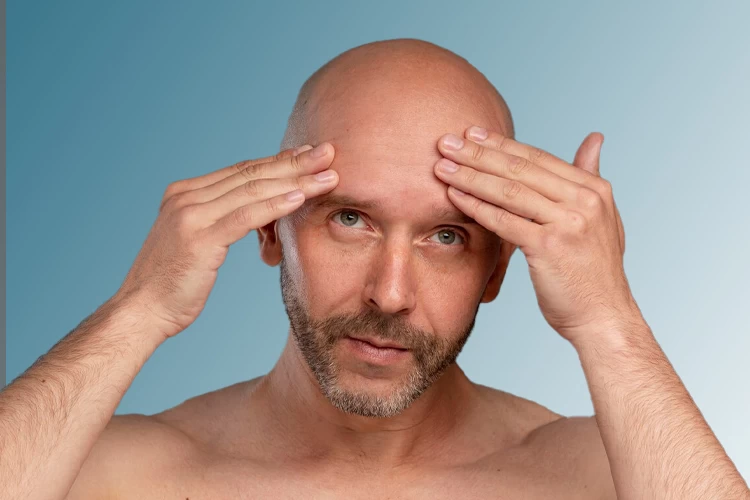


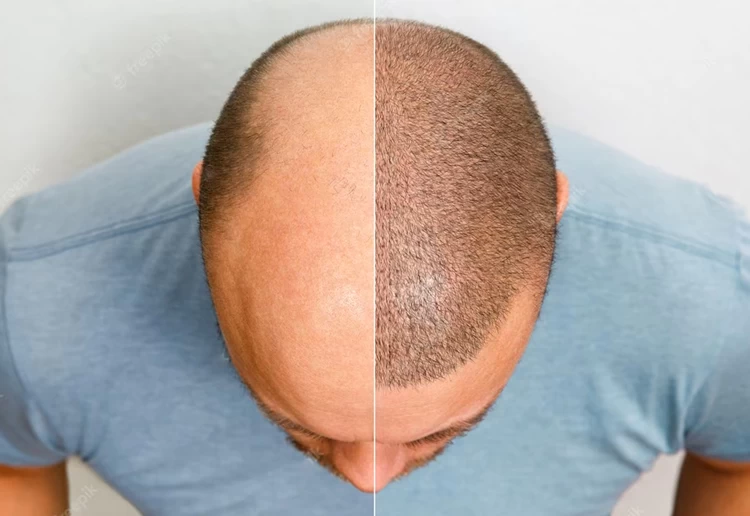
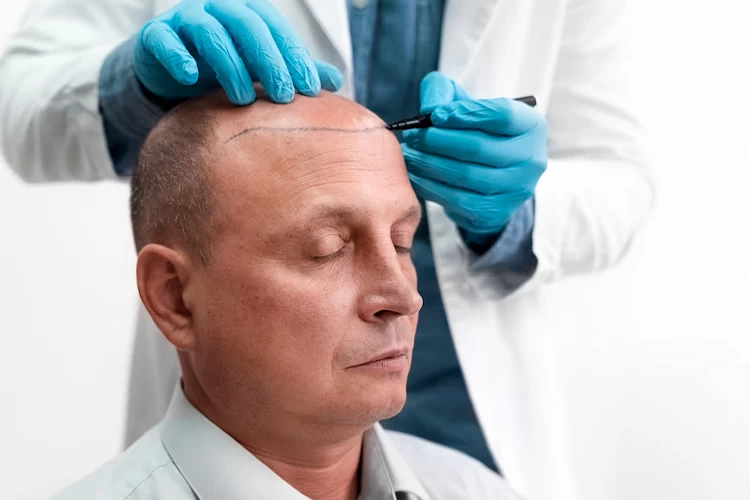
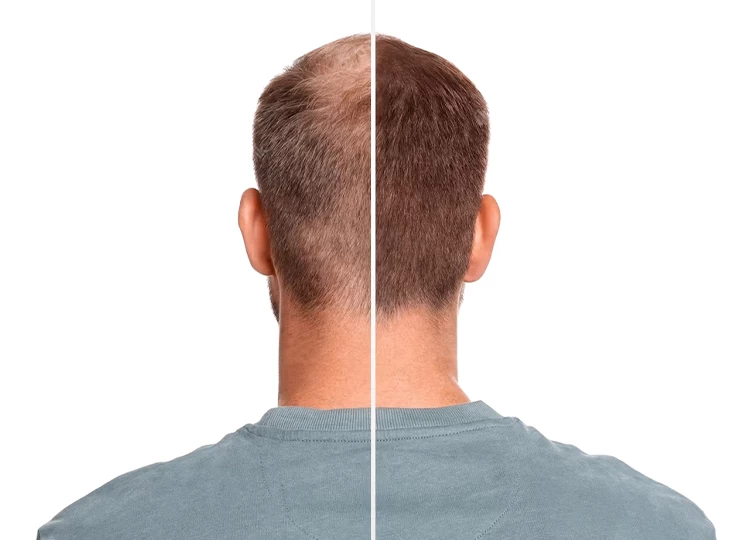


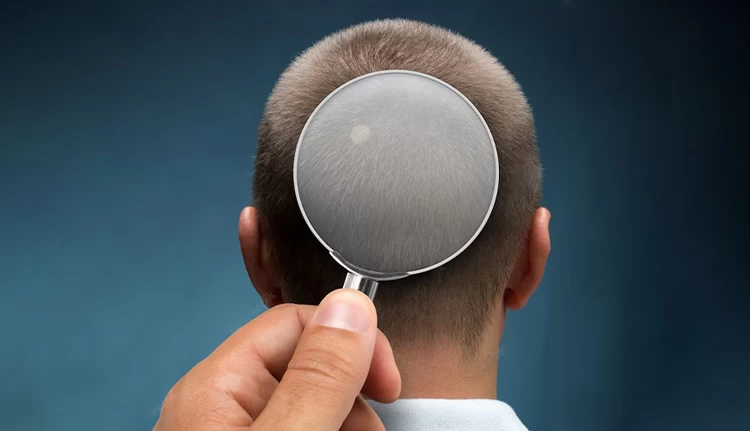
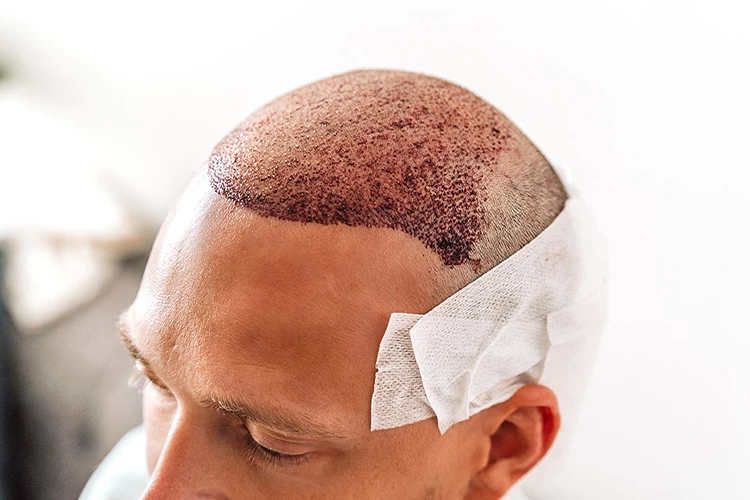
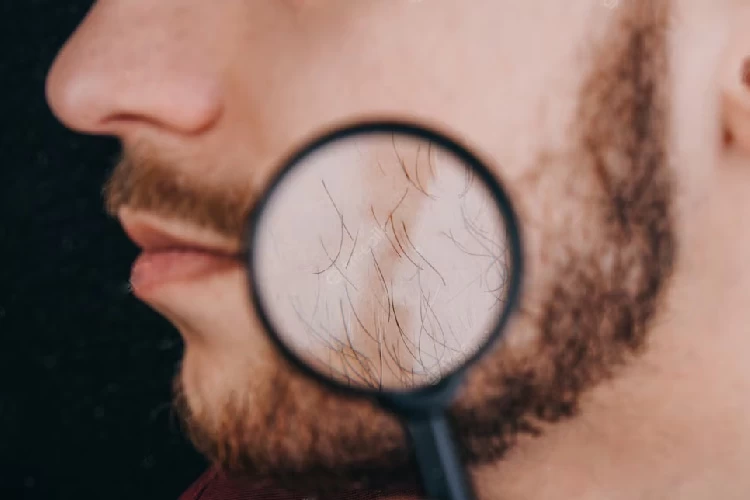
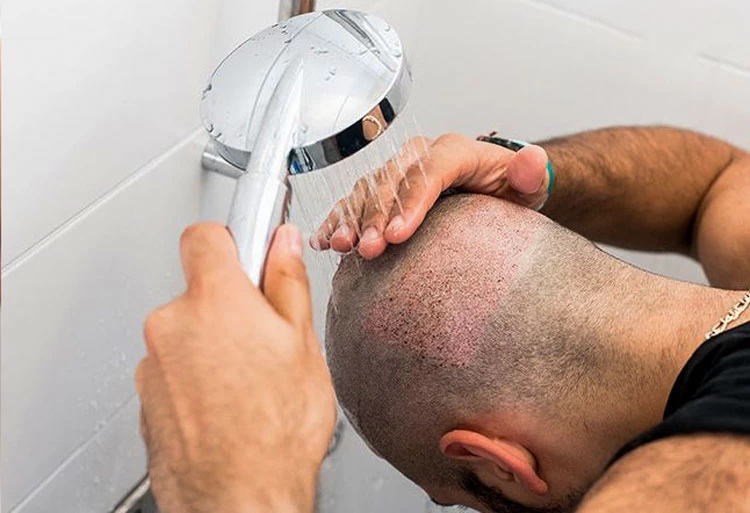


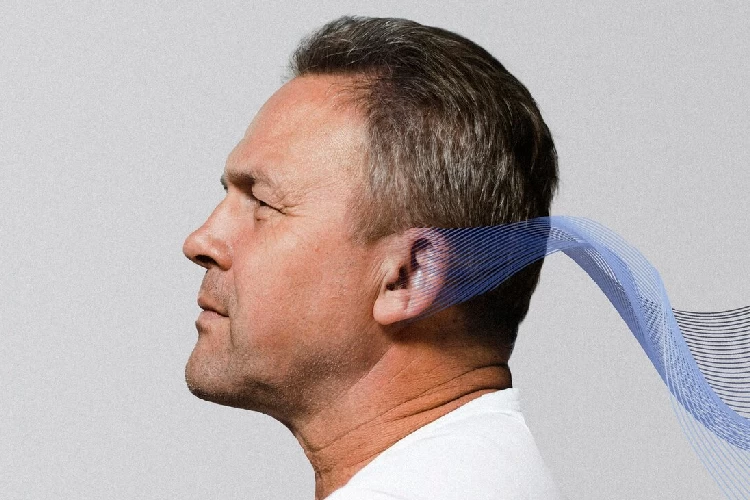

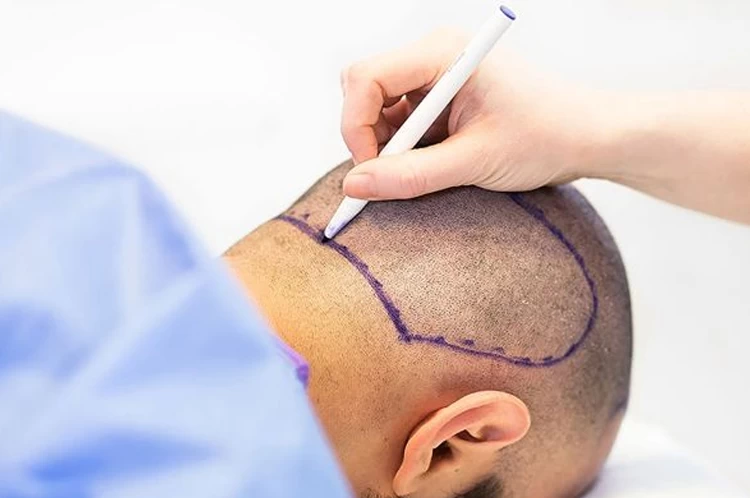
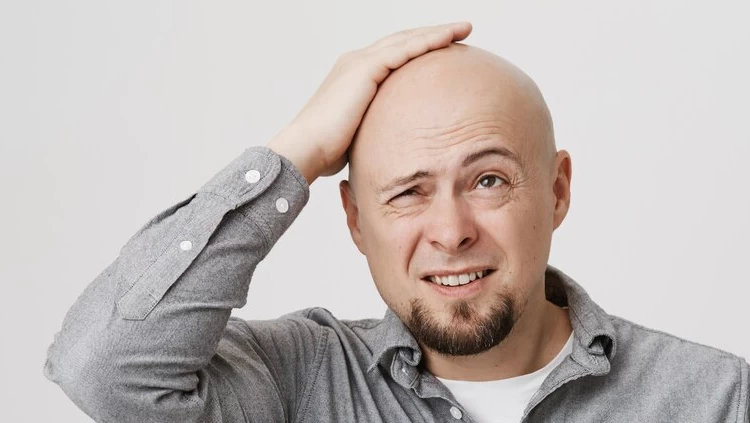
No reviews
Your comment